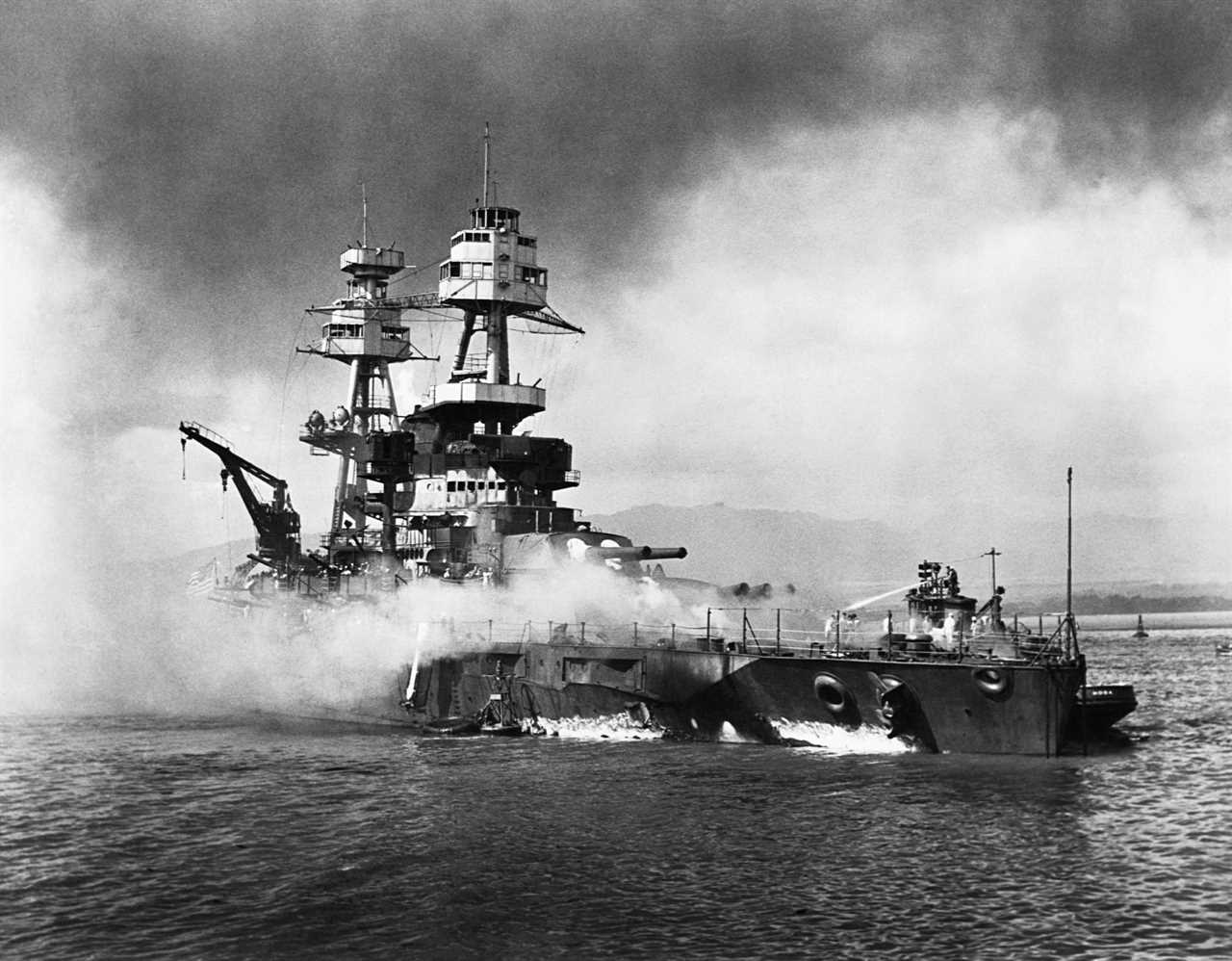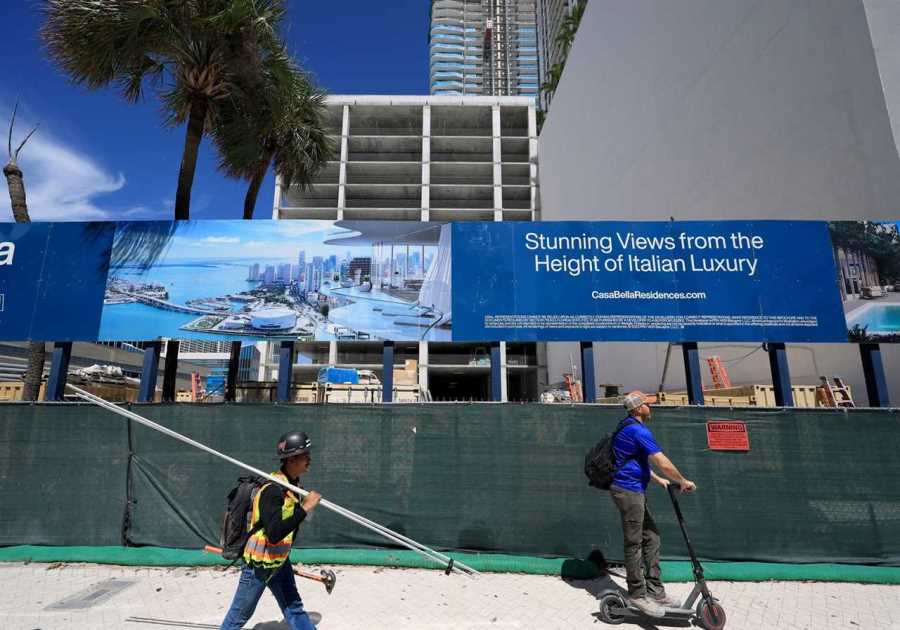Photo by US Navy/Interim Archives/Getty Images
- The USS Nevada saw the world and multiple combat operations during its three decades of service.
- It was severely damaged at Pearl Harbor but later restored to hit German positions during D-Day.
- After surviving both World Wars, the Nevada was sunk by the US military in 1946.
USS Nevada had an epic three decades of service. The storied US Navy battleship fought in both World Wars, and during the second global conflict, it was all but sunk at Pearl Harbor by the Japanese but then resurrected to later batter the Germans during the D-Day landings.
Neither of the major Axis powers managed to kill the Nevada, but the US military eventually did with a lethal combination of strikes over several years that started with nuclear bomb and later turned to gunfire and torpedoes.
Built in Massachusetts and named after the 36th state, the 27,500-ton Nevada was commissioned in March 1916 and spent the first two years of service operating in the western Atlantic Ocean and the Caribbean Sea.
In August 1918, Nevada and USS Oklahoma — another Nevada-class battleship — sailed to Ireland. This force, which was later joined by USS Utah, was tasked with countering German raiding ships that threatened US troop transports and other convoys in the Atlantic. After the end of World War I, the Nevada spent nearly a decade transiting waters in the Atlantic, Pacific, and Caribbean, visiting various ports around the Americas and participating in drills and exercises.
Between 1927 and 1930, the Nevada underwent a period of substantial modernization that included modifications to the ship's structure, installation of anti-aircraft guns, stronger torpedo defenses, and firepower improvements. After returning to duty, the Nevada spent the next 11 years operating around the Pacific, and as tensions increased with Japan, the Nevada spent much of 1941 carrying out training exercises in the region.
On December 7 of that year, the Nevada was moored slightly off Pearl Harbor's Ford Island when Japan launched its surprise attack on the US naval base. Because the Nevada wasn't part of the row of battleships that endured the worst of the attack, it had some freedom to maneuver.

Photo by © CORBIS/Corbis via Getty Images
Still, the Nevada was targeted by Japanese aircraft, which hit it with bombs and a torpedo. As the Nevada continued to engage the enemy planes, it tried to escape the harbor, but the damage left the ship in sinking conditions and there were concerns that it could get stuck in the entrance of the harbor. The powerful ship was purposefully run aground out of the way, and it eventually sank, but in shallow waters. When the attack was over, 50 crewmembers had been killed and 109 wounded.
Because it had been grounded rather than allowed to sink into deeper waters, the Nevada was given a second chance at life, and it spent much of 1942 undergoing salvage work, repairs, and improvements. The following year, the Nevada took part in combat operations during the battle for Attu, an island off the coast of Alaska, where it provided fire support to US Army landing units.
The Nevada then transferred back to the Western Atlantic in mid-1943, before it sailed the following year to British waters to prepare for D-Day. On June 6, 1944, the Nevada's guns blasted German positions at Normandy's Utah Beach to support the massive Allied landings. But the Nevada's World War II service wasn't done yet; it returned to the Pacific to support the US invasions of Iwo Jima and Okinawa in 1945. It spent the remainder of the war in the region.
After the war, the ship was assigned one final mission. The ship arrived in mid-1946 at the Marshall Islands' Bikini Atoll to serve as one of dozens of targets for several nuclear bomb tests that July.
Operation Crossroads — which consisted of an airborne detonation and an underwater explosion — signaled the end of life for the Nevada and the beginning of the nuclear age for the US military.
Damaged and radioactive, the Nevada survived the tests and returned to Pearl Harbor to be decommissioned later in August. Two years later, in 1948, the Nevada was towed to sea and sunk with a brutal combination of gunfire, torpedoes, and bombs.
Read More
By: [email protected] (Jake Epstein)
Title: A US Navy battleship all but sunk at Pearl Harbor was brought back to life to battle the Germans on D-Day. The military later blasted it with a nuclear bomb.
Sourced From: www.businessinsider.com/uss-nevada-navy-battleship-pearl-harbor-d-day-nuclear-bomb-2023-5
Published Date: Mon, 05 Jun 2023 10:30:00 +0000
.png)





